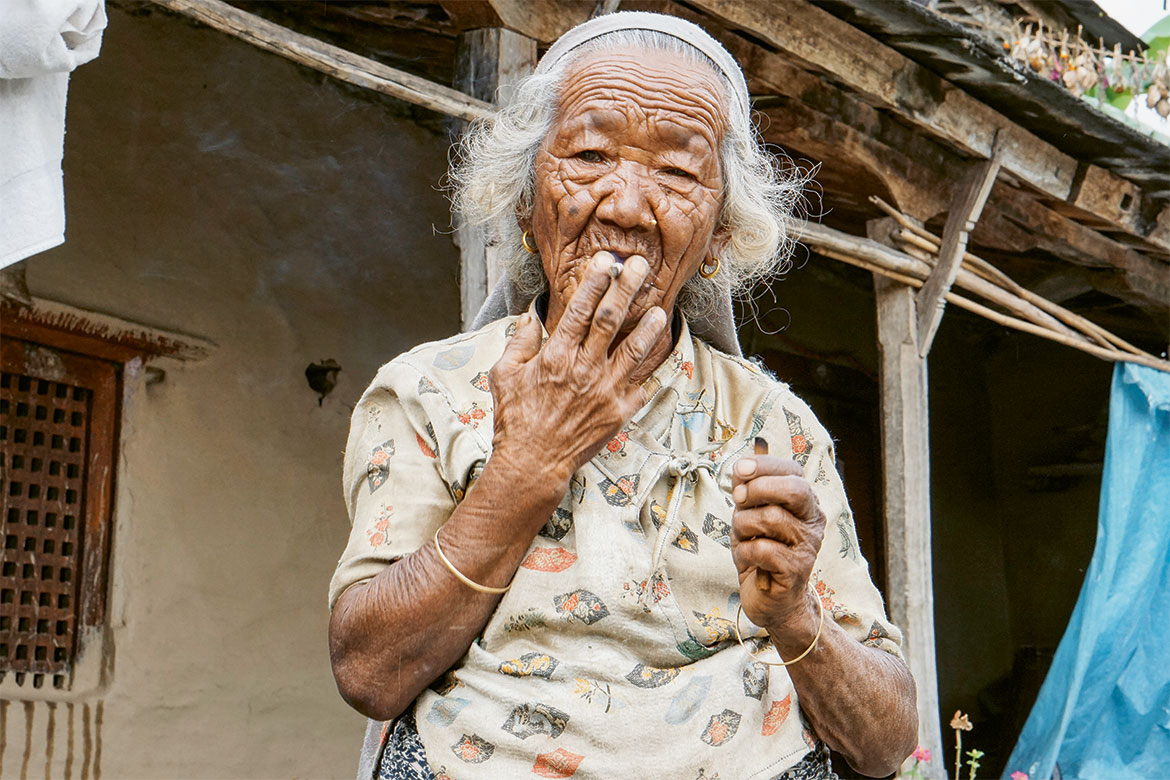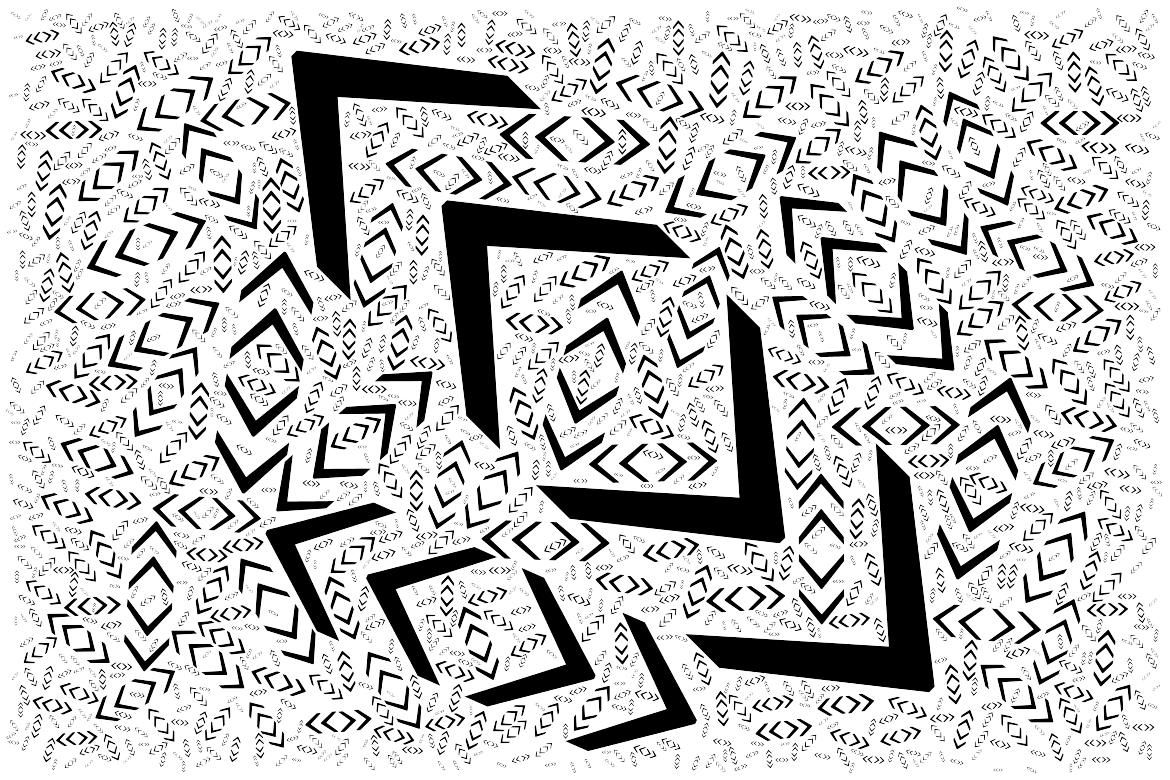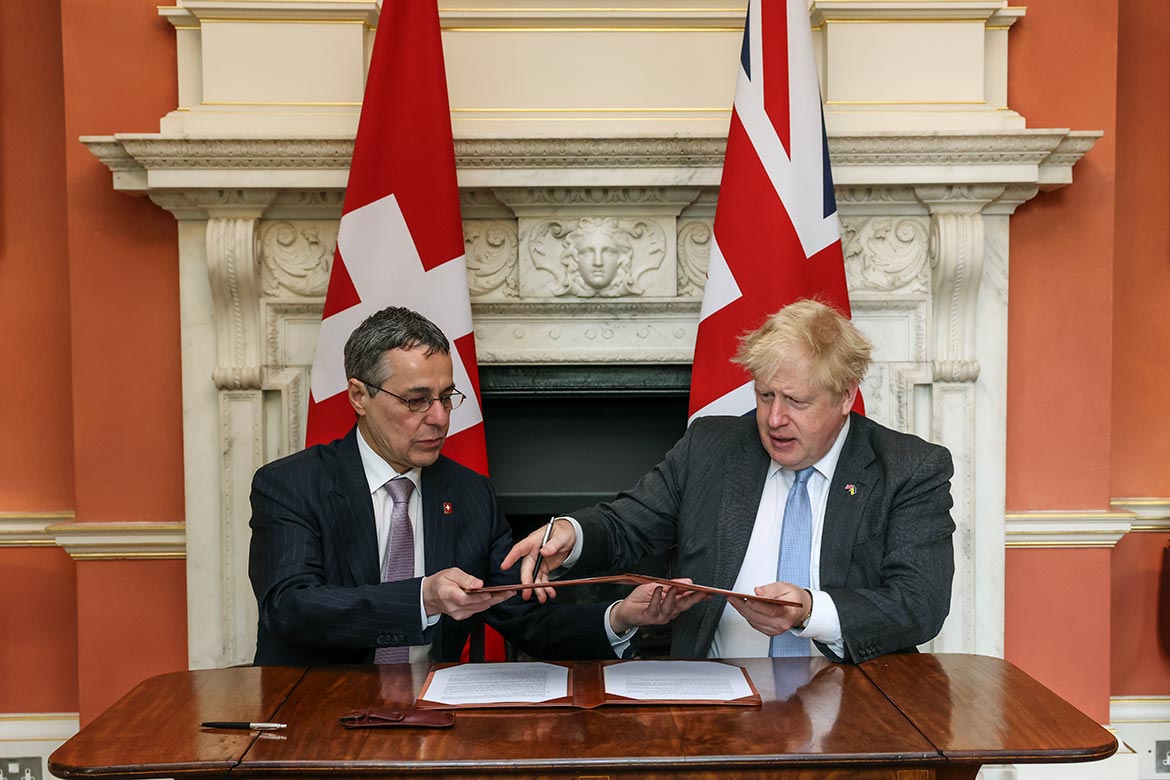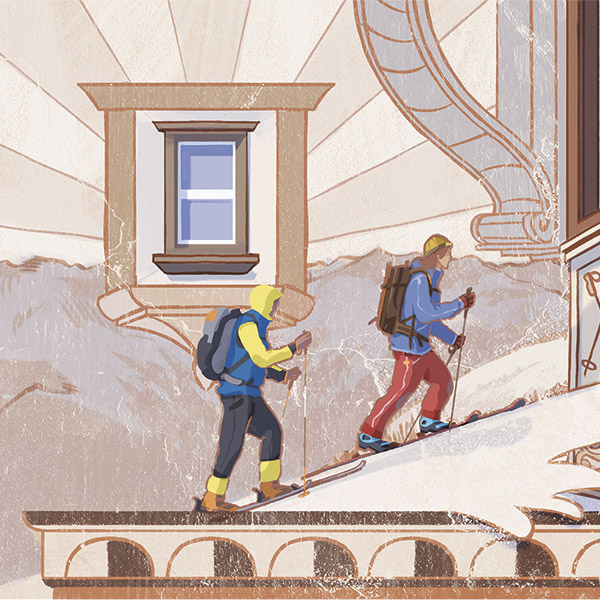Old and alone in Nepal
Field research in dying villages: the human geographer Sarah Speck uses interviews to find out what it’s like to be old in rural Nepal.

Image: Sarah Speck, University of Zurich
The years had left deep marks in her face. “I was astonished that the Gurung woman was only 68 years old”, recalls Sarah Speck, a doctoral student in human geography at the University of Zurich. “But the old people in rural Nepal have been working outside all their lives, always in the sun”.
Speck met her subject in the isolated mountain village of Mirsa, which has just 44 families. She spent two research visits there and in other such villages in 2016 and 2017, carrying out 74 qualitative interviews with elderly people who were mostly coping on their own. In this country in the Himalayas, the traditional family model isn’t functioning any more. It used to keep the children at home to look after their ageing parents, but employment agencies are now helping young men and women to fly off to the rich Gulf states to labour as migrant workers. At the same time, Nepal’s welfare state is only in its infancy, so there are hardly any old-age pensions or homes for the elderly. It was in this context that Speck focussed on the perspective of the elderly people themselves, aiming to find out “how they navigate their environment in this period of transition”.
The woman in the photo (above) opens a window on the difficulties of carrying out research like this. Speck recalls how “she turned up spontaneously when I was interviewing her neighbour but didn’t want to take part in an interview herself”. Speck had been discussing the availability and effectiveness of the non-contributory old-age pension in Nepal. Yet, unlike her neighbour, this woman wasn’t a recipient of the pension, because she was regarded as being too young. And thinking Speck was an observer from the Nepalese government, her participation in an interview was subject to becoming a beneficiary.
Speck is especially fond of this photo of the suspicious elderly lady: “Her rugged face reflects the fact that she has lived through a lot. I still remember how she constantly held a cigarette between her fingers, smoking, then stubbing it out and putting it down somewhere, only to light it again later. She even used a bamboo tube as a cigarette holder so that she could smoke up every last millimetre”.
Judith Hochstrasser




